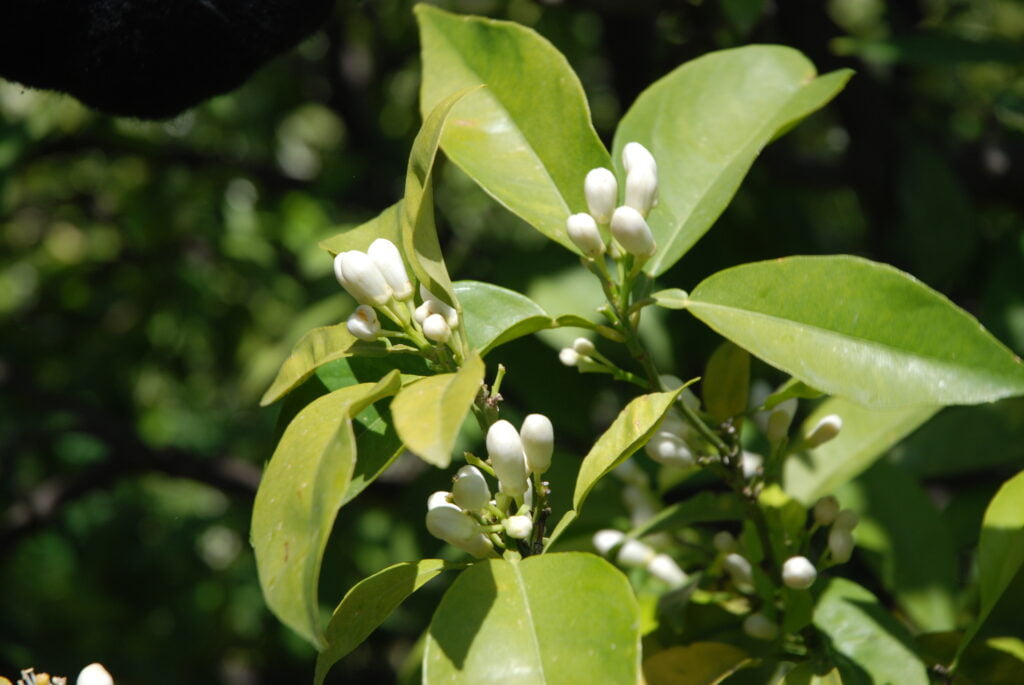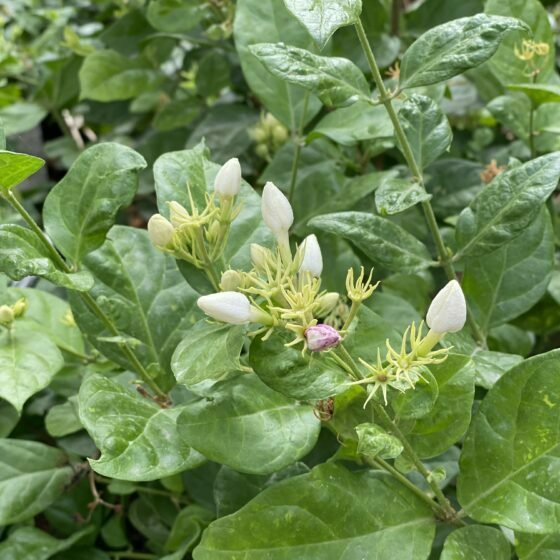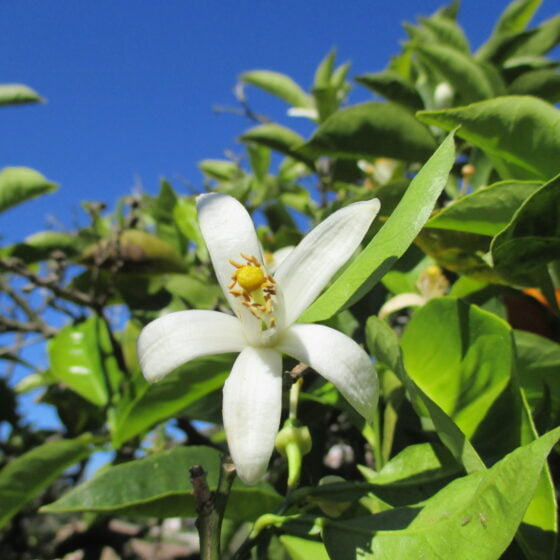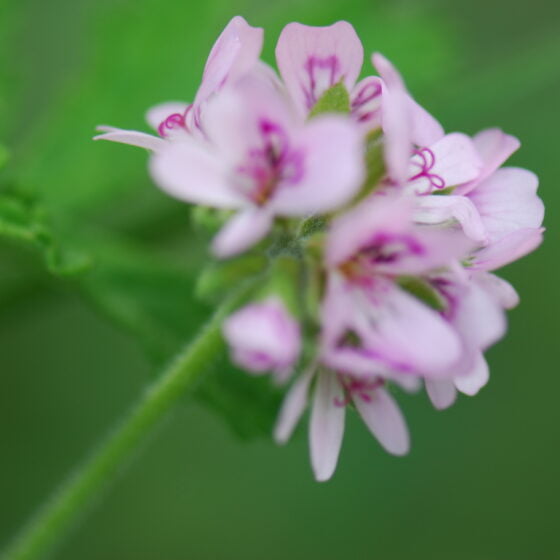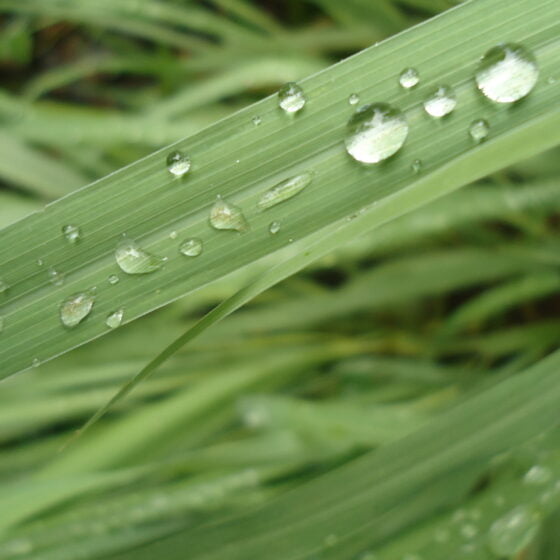
Petitgrain Paraguay
Citrus aurantium amara leaf/twig oil
General data
Harvest Calendar
- J
- F
- M
- A
- M
- J
- J
- A
- S
- O
- N
- D
Product details Fragrance side
A fresh and floral note, Petitgrain Paraguay is often used in colognes, to accompany an orange blossom absolute or a neroli. It is sometimes found in tea notes.
Well-being side
Antispasmodic, cardiac regulator, nervous system rebalancing, skin tonic. Supports injured and lonely hearts, those with stress in the solar plexus.
*The aromatherapy properties in this document are excerpted from reference books, scientific articles, or specialized websites and are provided to customer for its information and internal use only. Claims on a finished product remain the responsibility of the company making the finished product available on the market. About
The name “petitgrain” was first used to mean the small, green fruit of the bitter orange tree, then to name their essential oil. Later, the term was applied to the essential oil obtained from the leaves of the bitter orange. The Citrus genus has many hybrids, such as the grapefruit (a hybrid between pomelo and sweet orange). The tree cultivated in Paraguay to produce petitgrain essential oil is a hybrid between the bitter orange (Citrus aurantium) and sweet orange (Citrus sinensis). For bitter orange trees do not thrive at all in Paraguay, while the hybrid called the “bitter sweet orange tree” is very easily grown. The bitter sweet orange has the same botanical characteristics as Citrus aurantium, meaning shiny green foliage, fragrant flowers, and fruit with a bitter taste and scent. However, the fruit pulp is a bit sweeter than that of the bitter orange. The leafy branches are harvested from June to January. In Paraguay, the trees are pruned so as to remain shrub-shaped. The harvested foliage is then immediately distilled, producing an essential oil that is herbaceous and floral, reminiscent of the smell of orange blossom.
Probably native to Southeast Asia, the bitter orange tree was introduced to Persia and India, and then scattered around the Mediterranean basin by the Arabs in the 10th and 11th centuries. During the colonization of the New World in the 18th and 19th centuries, the Spanish Jesuits and settlers brought the sweet and bitter orange plants with them, which they planted around their camps. Orange trees gradually spread wild in the forests and jungles of Paraguay. This would result in various hybrids developing, such as the bitter sweet orange of Paraguay. Production of Paraguay petitgrain essential oil was first attempted by French botanist Benjamin Balansa in 1880.
Fragrance side
A fresh and floral note, Petitgrain Paraguay is often used in colognes, to accompany an orange blossom absolute or a neroli. It is sometimes found in tea notes.
Well-being side
Antispasmodic, cardiac regulator, nervous system rebalancing, skin tonic. Supports injured and lonely hearts, those with stress in the solar plexus.
About
The name “petitgrain” was first used to mean the small, green fruit of the bitter orange tree, then to name their essential oil. Later, the term was applied to the essential oil obtained from the leaves of the bitter orange. The Citrus genus has many hybrids, such as the grapefruit (a hybrid between pomelo and sweet orange). The tree cultivated in Paraguay to produce petitgrain essential oil is a hybrid between the bitter orange (Citrus aurantium) and sweet orange (Citrus sinensis). For bitter orange trees do not thrive at all in Paraguay, while the hybrid called the “bitter sweet orange tree” is very easily grown. The bitter sweet orange has the same botanical characteristics as Citrus aurantium, meaning shiny green foliage, fragrant flowers, and fruit with a bitter taste and scent. However, the fruit pulp is a bit sweeter than that of the bitter orange. The leafy branches are harvested from June to January. In Paraguay, the trees are pruned so as to remain shrub-shaped. The harvested foliage is then immediately distilled, producing an essential oil that is herbaceous and floral, reminiscent of the smell of orange blossom.
Probably native to Southeast Asia, the bitter orange tree was introduced to Persia and India, and then scattered around the Mediterranean basin by the Arabs in the 10th and 11th centuries. During the colonization of the New World in the 18th and 19th centuries, the Spanish Jesuits and settlers brought the sweet and bitter orange plants with them, which they planted around their camps. Orange trees gradually spread wild in the forests and jungles of Paraguay. This would result in various hybrids developing, such as the bitter sweet orange of Paraguay. Production of Paraguay petitgrain essential oil was first attempted by French botanist Benjamin Balansa in 1880.
Other type of extracts
(Floral)
